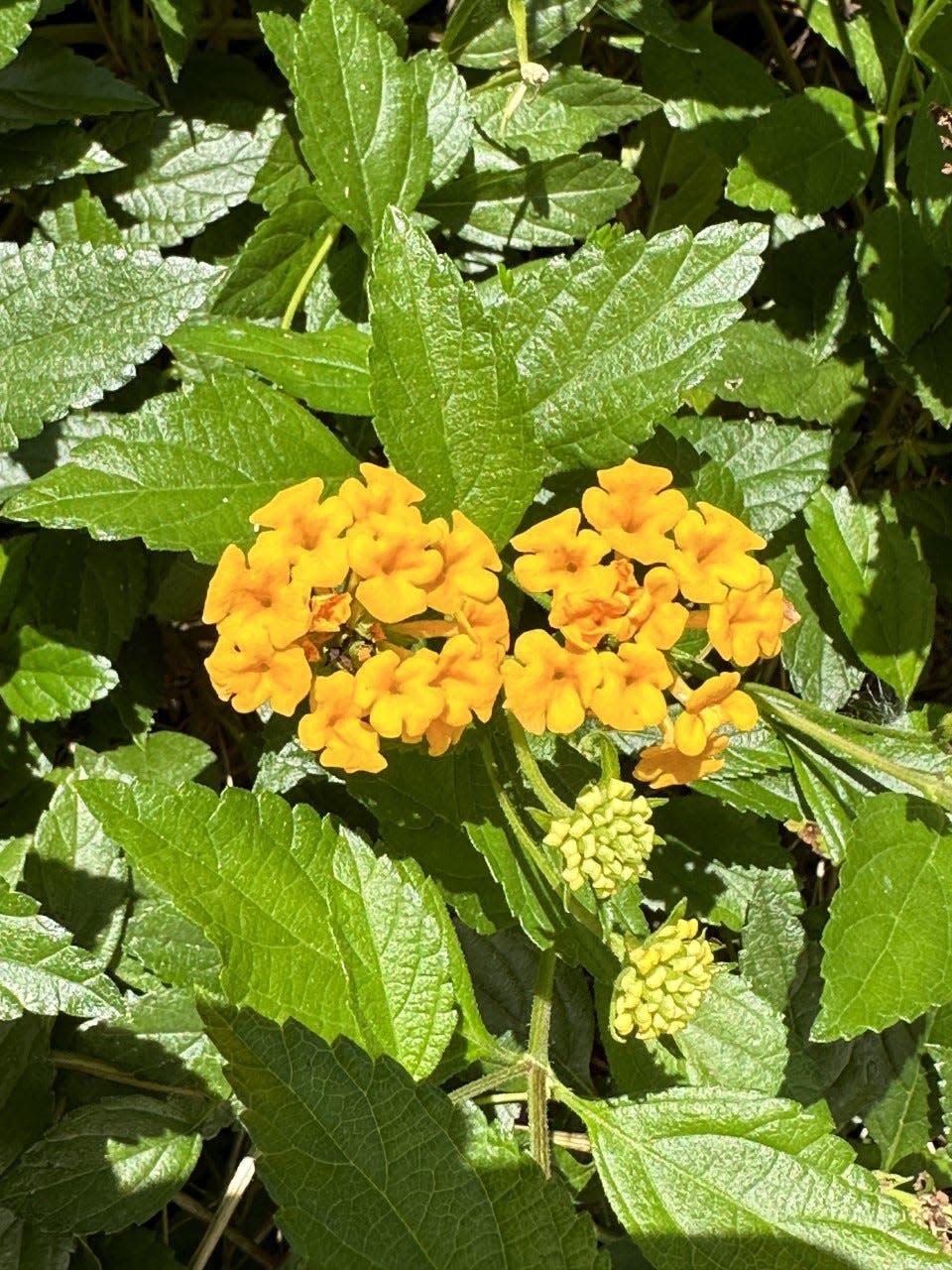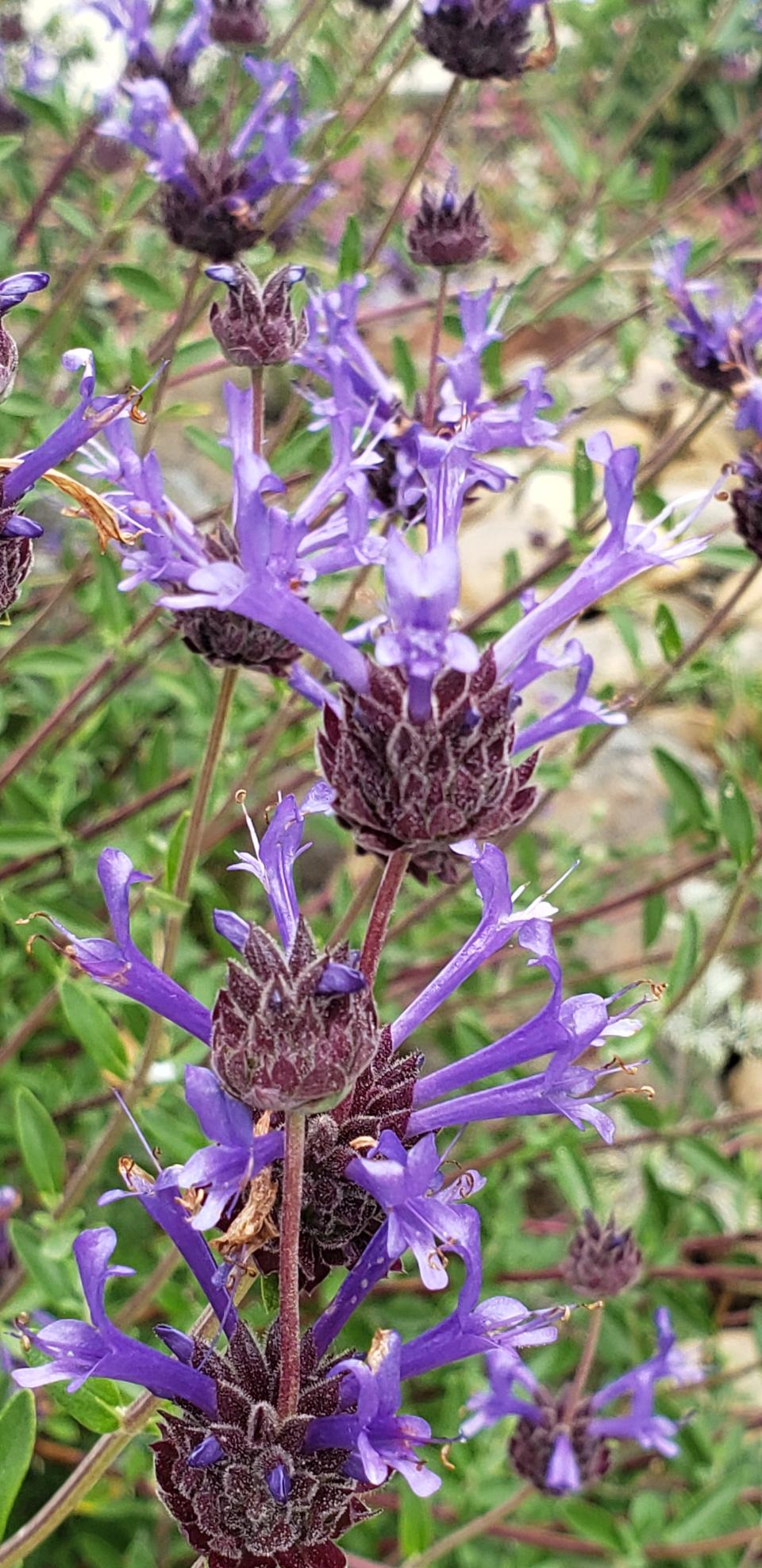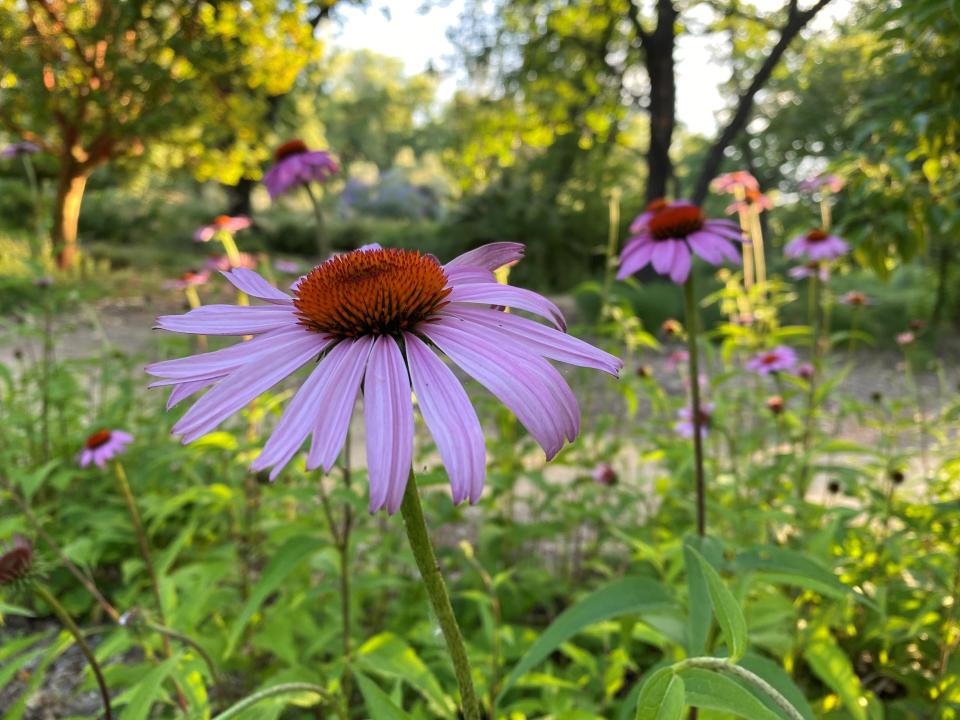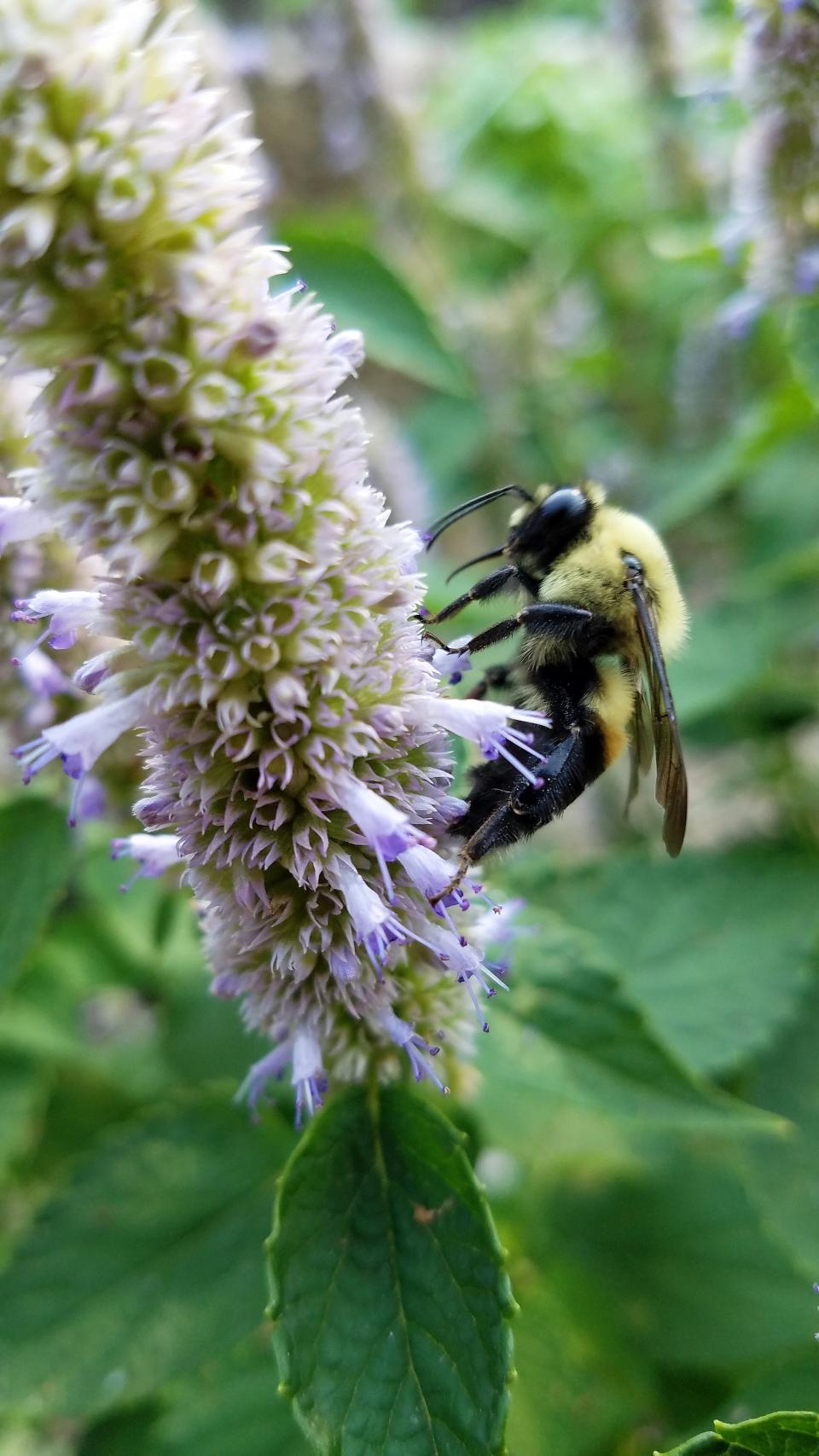Want a water-smart garden? Here are 7 must-have plants to grow in drought-prone California
We had a wet winter, but that was a bit of fortune to come our way rarely. I did notice that it helped a lot of plants this spring. My daylilies and roses have all done superbly this spring and early summer. Winter rains were a good thing for our gardens and landscapes. However, we do live in a Mediterranean climate with dry summers and we are likely drought-prone as well with climate change. Hence, it is good to know which plants will be more drought resistant when revising or planning our landscapes or gardens or purchasing plants.
I plan to replant part of my front yard which has been planted to a grass that only needs to be trimmed back once a year in May when it sends up seed spikes. It was a good choice by the previous owner for a green area that required little maintenance. However, I find it a rather boring view from my office window and I would like more color so I have been investigating what plants I could use to replace the boring grass. Below is a list of possibilities that I researched.

Lantana: This is a plant I have enjoyed often in the past, but I did not know that it was drought tolerant so it is near the top of my lists for inclusion. I found that it comes in many colors and color combinations of small, brightly colored flowers in yellow, orange, white, red, pink, blue, or purple For a look at the variety of lantana colors see: https://www.provenwinners.com/plants/lantana. Lantanas also are a great choice for attracting butterflies and hummingbirds to the garden. Lantanas do best in full sun and can do well with once-a-week irrigation which I don’t consider super drought tolerant, but perhaps it can survive with less frequent watering.

Salvias: There are several Salvia species and hybrids that will fill the bill as drought tolerant and I have several already in my landscape. Salvia microphylla 'Hot Lips' blooms all summer with eye-catching red and white bicolor flowers. It is outside my office window and the flowers attract hummingbirds, carpenter bees and other pollinators from spring to fall. Another species recommended is Salvia clevelandii, Cleveland sage, which is also known as California blue. It is fragrant and is a fast-growing, aromatic herb native to the coast of Southern California. Growing to around 4 feet tall and wide, this plant blooms starting in late April. It bears beautiful blue-violet flowers, and has fragrant leaves that can be used in cooking. Salvia x superba, ‘East Friesland’. Moderate growing; reaches 18 inches tall, 24 inches wide with bright blue flower spikes that bloom from early summer to late summer.
Foothills Penstemon: Penstemon heterophyllus is a species endemic to California. It is a perennial herb producing upright, branching stems easily exceeding 3 feet in height. The tubular flowers may be shades of blue or purple to nearly magenta. Several cultivars for use in Mediterranean-climate and other low-water-use gardens, including 'Electric Blue', 'Margarita BOP', and 'Blue Springs'.
Cranesbill: Geranium incarnum is grown as a trailing or mounding perennial to a size of 1-foot tall, spreading by underground runners to cover relatively large areas. Its foliage has a wispy, ferny texture. The dark, rosy violet flowers can appear almost all year in areas of mild climates. The best growth conditions include sun with little or no summer watering.

Coneflowers: Echinacea purpurea, the purple coneflower, is an American prairie flower that is commonly grown in California. If you want to enjoy butterflies and songbirds in your garden plant coneflowers. For weeks, even months, during the summer and fall the blooms and seed heads will attract a multitude of winged fauna. There are other species available and hybrids with many colors have been developed, see: https://www.gardendesign.com/flowers/coneflower.html

Black-eyed Susan: Rudbeckia hirta sturdy stems bear cheerful golden daisy-like flowers with a black, cone like center. It attracts bees and butterflies. It blooms from summer to fall and is a bright addition to any border. There are eight cultivars with various attributes. See: https://www.almanac.com/plant/black-eyed-susans
Anise hyssop: Agastache foeniculum is a classic plant for both herb gardens and borders. Anise hyssop is composed of erect branches of mint-and-licorice-scented, medium green leaves ending in fuzzy spikes of small lavender flowers. The plant grows 3 to 5 feet tall and 1 foot wide The flowers are highly attractive to bees, butterflies, and hummingbirds.
If you need to add drought-tolerant beauties to your garden, I hope this helps.
If you have a gardening-related question you can contact the UC Master Gardeners at 209-953-6112. More information can be found on our website: http://sjmastergardeners.ucanr.edu/CONTACT_US/.
This article originally appeared on Redding Record Searchlight: 7 plants that thrive in a drought-resistant California garden

